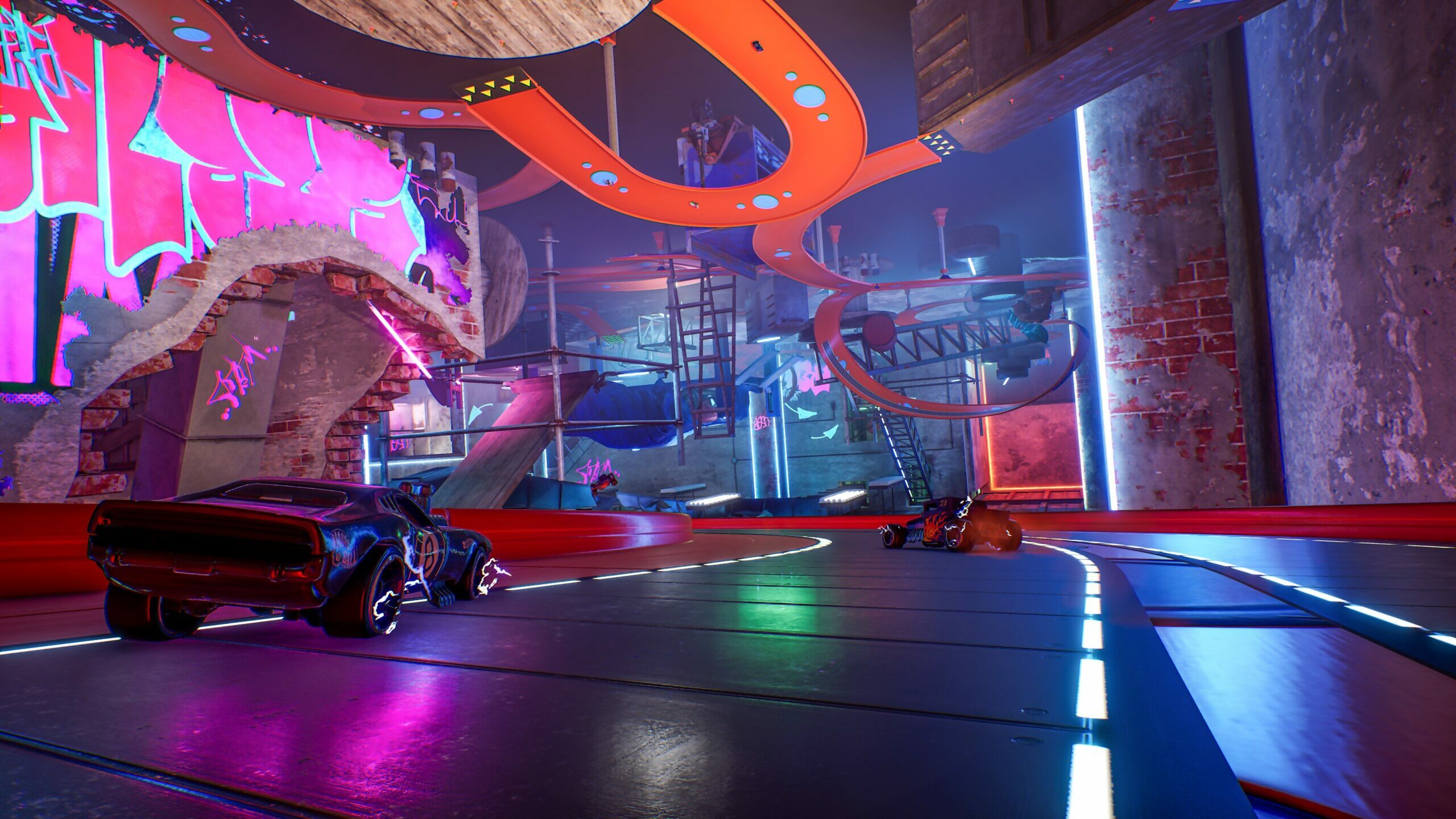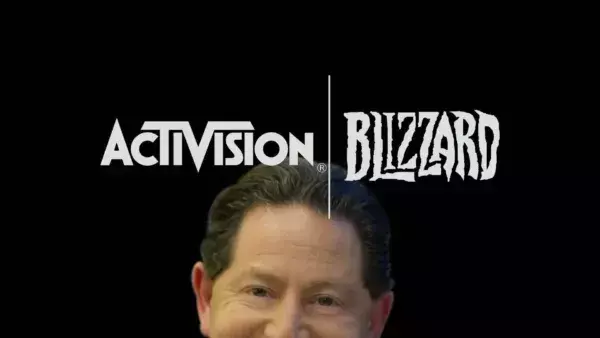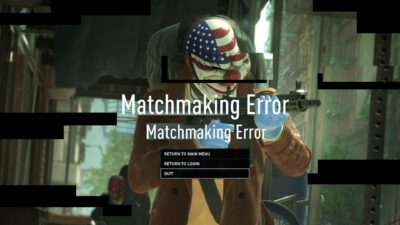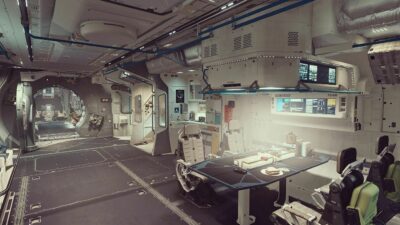
Much like video games, toys often represent a simpler time in people’s lives: that period of childhood when we had all the time in the world, free to express ourselves by creating imaginary stories using shrunken-down, plasticised versions of a favourite hero, vehicle, or animal. But just as games based on TV shows or movies were once thought of as inferior, games spun off from toy licences have long had a similar stigma attached. At their worst, games based on toys could be perceived as rushed cash grabs, little more than another glorified advert designed to encourage kids to buy more toys.
Slowly but surely, though, the tide is beginning to change, largely thanks to the talents of a generation of developers who grew up playing with a particular toy. A game based on the likes of Nerf, G.I. Joe, or Hot Wheels is no longer automatically bad. Sure, there are strict brand guidelines that any studio developing a title based on a toy must adhere to, but many are jumping at the opportunity to do these properties justice. For some, the chance to turn an iconic plaything into a game is a tempting one, especially if it means providing renewed enjoyment for the next generation of youngsters.
One developer that knows this more than most is Milestone – a Milan-based studio primarily known for its work on racing titles such as WRC, Ride, and MotoGP. 2021 saw the team put the simulation side of its driving games aside in favour of an arcade racer based on Mattel’s line of toy cars. “The main goal was to create a proper Hot Wheels game, not a generic arcade racer,” says Domenico Celenza, producer on the surprise hit, Hot Wheels Unleashed. “The creative and production focus had been to infuse the game with the spirit of the real toys, while keeping it challenging and fun to play.”

In a bid to be taken seriously, Hot Wheels Unleashed features no power-ups.
Balancing those last two aspects proved key to making Unleashed look and feel like a legit racing game, treating it with a similar reverence to, say, a Burnout or even Forza Horizon to ensure it wouldn’t just be written off as another cheap tie-in.
Until now, there’s been an unspoken belief that any toy-based game needs to be dumbed down in order to cater to a broad audience. Rather than see this as a negative, though, Milestone viewed this as a strength during Unleashed’s development, and attempted to find a sweet spot that would interest first-time racing fans and experts alike. “Approaching this iconic brand, we had to respect every aspect of it, and we tried to include them all,” Celenza says. “You can collect the cars and enjoy all the tiny details, you can spend time customising their liveries in the editor, you can experiment with the track editor, or you can just jump on a quick race and try to beat your opponent in online and offline modes.”
Hot Wheels Unleashed allows racing fans to brake, boost, and drift around all kinds of tracks, faithfully replicating many of the toy line’s most recognisable vehicles – from triceratops trucks to exotic muscle cars – to try and capture a small slice of that childhood joy Hot Wheels represents for so many. All this you do against the backdrop of a garage, college campus, basement, and other real-life environments, while tearing up the plastic track in a bid to be the first over the finish line. Unleashed even goes a step further to replicate the sensation of ripping open a Hot Wheels box, letting players unlock new vehicles by having randomised plastic tubs burst open.
In addition to featuring sets and vehicles long-time Hot Wheels fans would be familiar with, though, making Unleashed had to be accurate in terms of scale and detail. “The real diecast models are 1:64 scale, but in order to have a realistic world, it’s not enough to have a very big environment: we put a lot of time and effort into researching and developing all the tiny details that make the whole game world so authentic,” Celenza says. “Moulding lines and imperfection on the diecast vehicles, fingerprint marks on the tracks, scratches on the car paints at the end of the race, duct tape used as starting lines, just to name a few.” They’re the kind of elements you only get through a combination of modern tech and a passionate team of developers.

Every car in Hot Wheels Unleashed is unlocked using in-game credits, which thankfully can only be earned and not bought.
THE DIE’S CAST
You’d be forgiven for thinking that working with a gigantic toy conglomerate like Mattel on a Hot Wheels game would prove to be a logistical nightmare. But the reverse was true, according to Celenza. “They provided us with all the references and material to reproduce the diecast models,” he says. “We also collaborated to redesign all the classic Hot Wheels playsets in order to make them funny and interactive track pieces for our tracks.”
As great an arcade racer as Unleashed turned out to be, its Hot Wheels branding made it an obvious candidate for the genre. But what about a toy that doesn’t obviously lend itself to an arcade racer, shooter, or other popular video game category? This was the case for WayForward, another studio with experience of working with Mattel – in its case, on a tie-in starring a certain fashion doll. “Few toy brands are as big as Barbie,” says WayForward director of publishing, Adam Tierney. “There were inevitably a lot more discussions and a lengthier approval process on things than when you’re working with a less prominent brand.”
Responsible for several Barbie tie-in games on such platforms as the Game Boy Advance and Nintendo Wii, one of the core obstacles that Tierney and his team needed to overcome when developing the first game, 2005’s Barbie and the Magic of Pegasus, was what its gameplay would even look like. Unlike Hot Wheels, the approach wasn’t so self-explanatory.
“One of the toughest things was often figuring out how Barbie could ‘attack’ in some of our games where that version of Barbie wasn’t very action-y in the source materials,” Tierney reveals. “Or who or what could be enemies, and how Barbie could dispose of them. Depending on the branding, it could still be very easy, such as with Barbie and the Three Musketeers, where she runs around with a sword. “But other games like Barbie in The 12 Dancing Princesses didn’t have immediate answers for some of these elements, so we needed to go back and forth with the licensor to come up with solutions that played satisfyingly, but also didn’t make that version of the brand more aggressive than it was meant to be.”

Barbie and the Three Musketeers served as a relief for WayForward, as Barbie was allowed to wield a sword.
Thankfully, Barbie’s a character who wears a lot of hats depending on the type of story or fantastical scenario she finds herself in. This allowed WayForward an unusual amount of creative freedom with its time working on Barbie – something that isn’t always possible within the confines of a licensed or toy-based game. The problem was, however, meeting a tight turnaround time to coincide with the princess’ latest direct-to-DVD adventure.
Fortunately, Mattel was able to give WayForward plenty of Barbie-based materials to serve as inspiration. “We’d be sent work-in-progress versions of the films, scripts, and VO samples, so that we could match each game to the film in terms of plot, location, and such,” Tierney says. “Mattel was always fantastic about providing abundant reference material like that during development.” This, coupled with the studio’s penchant for working on games based on the likes of X-Men, Shrek, and SpongeBob, meant that once the initial gameplay concept was nailed down, characteristics like style and tone soon followed.
WayForward was never under the impression its trio of Barbie titles would win any awards, but that never took away from the studio’s desire to make a great game each time. This partly explains why the likes of Three Musketeers and 12 Dancing Princesses were some of the team’s best-reviewed licensed games at the time, praised for introducing new audiences and younger gamers to the classic action-platforming genre.
To this day, WayForward remains known for its tie-ins, alongside its own original series (most famously the Shantae series). Question is: has the process of working with licence-holders changed in all that time? “The major difference is that previously, the licensed game world was driven by the idea of games-in-a-box,” says Tierney. “If Barbie had a movie coming out soon, there needed to be a game version of it. So publishers would reach out to developers like WayForward and pay us to develop those games. Nowadays, it’s the opposite – more often, it’s a developer like us who reaches out to a licensor like Mattel and asks if we can develop a Barbie game.”
That last approach certainly worked recently with Milestone and Hot Wheels Unleashed, but a third route, often taken by select indie developers, is to avoid dealing with gigantic licence-holders at all. It’s less costly to not-so subtly allude to the look and feel of a familiar toy rather than outright feature the licensed product, after all.

Over the years, Hypercharge has received several updates that include new modes, a tutorial, and character vaulting.
Chiefly inspired by action figures, as well as toy-based movies like Toy Story and Small Soldiers, Hypercharge: Unboxed is a wave-based co-op shooter that enjoyed much success opting for this affectionate (though staunchly off-brand) method. For developer Digital Cybercherries, it was enough to evoke such toys as Beyblades and Rock ‘Em Sock ‘Em Robots while letting you fight amongst them from a ground-level, toy-like perspective. In-game, it’s done to great effect, elevating what’s otherwise a tried-and-tested video game concept. “We always focused on the nostalgia of it all,” says Hypercharge: Unboxed character artist and animator Josh Lennen. “We wanted the player to recognise the idea of a toy, but we never sought to outright copy an existing one. We draw inspiration from other toys, combine it with features found in various designs, and make a toy that fits with our gameplay.”
The game’s CyberRex enemy is a great example of this. “We strap armour onto a T-rex toy,” says Lennen. “It’s got the nostalgia of an eighties TV show and toy series, but a completely unique design with a dose of steroids. It could be fully functional with rotating turrets and push button missile launchers, but completely separate from an existing IP.”
The core gameplay loop of Hypercharge: Unboxed might be deceptively simple, challenging you and your friends to either defend or attack against hordes of dangerous toys in all manner of oversized settings. But it managed to get away with it due to its reverence for all things plastic, and the distinct toyetic quality found in everything from the LEGO™-inspired forts you can build to the Nerf-like guns you fire. This simple foundation is something Digital Cybercherries has continued to build on via DLC and new updates over time, proving there’s an appetite for toy-based games based on this era – whether the toys being depicted are licensed or not.

In Hypercharge, everyday items like batteries and even blades of grass convince you of your small stature.
Channelling such a sense of nostalgia was always key for the team behind Hypercharge, hence why they weren’t all that taken aback by the game’s popularity. “[It] aesthetically packs a punch,” explains Digital Cybercherries’ Joe Henson. “The visuals look striking and realistic, which helps evoke nostalgia and make the viewer instantly think, ‘Wait, I had a toy similar to this!’ Most of us have a soft spot for action figures, or at least we have fond memories of them. They really are a big part of our childhood. This type of personal connection resonates well with the player. Honestly, the number of emails we receive from mums and dads thanking us for creating Hypercharge is huge.”
Of course, as well as the realism of the visuals, it helps that endlessly gunning down toys is never not fun.
FINDING THE FUN
The relationship between toys and video games is a unique one. On the one hand, those based on a specific brand continue to be tied to the demands of their licence-holder, to a certain extent, but as the likes of Hot Wheels Unleashed and WayForward’s Barbie trilogy proves, that’s only a hindrance if you let it be. Besides, it speaks volumes that developers big and small are now in a position to take their own approach when looking to translate a toy into a game.
Games based on toys are no longer the preserve of huge companies out to make a quick buck by promoting their products. Regardless of the approach, toys are designed to be fun to play with, and any game based on or inspired by them – whether they’re arcade racers or hectic shooters – should strive to be the same.





